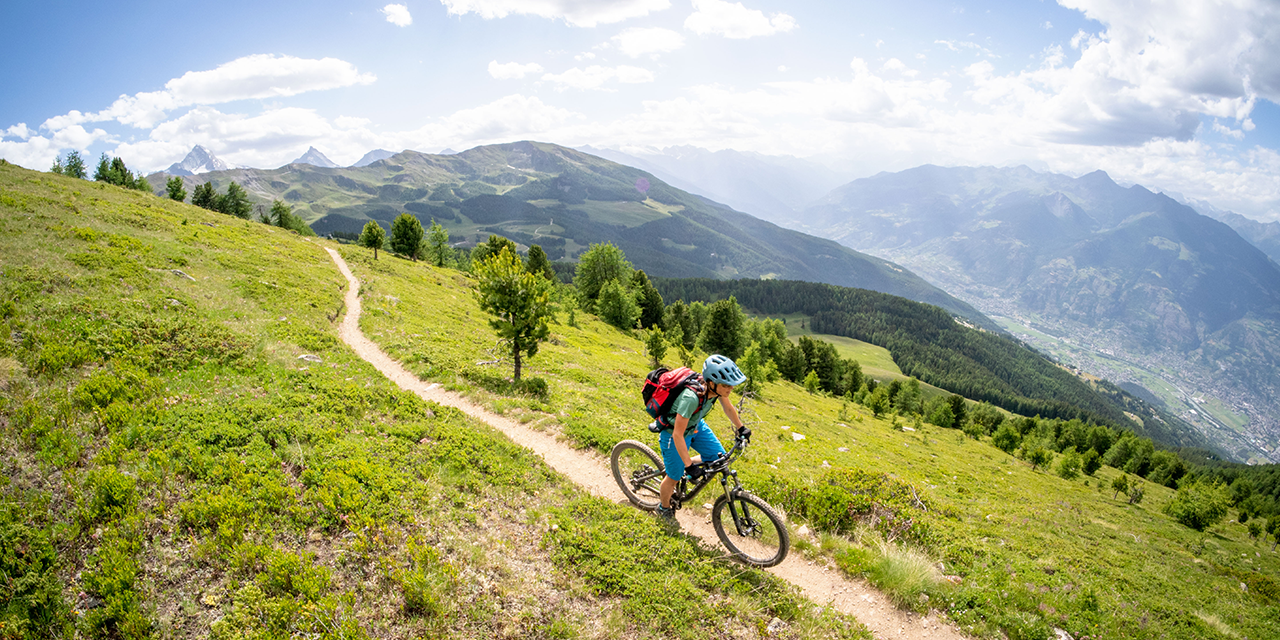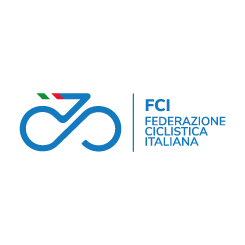The Pila climb
From an altitude of 550 metres in Ponte Suaz to 1795 metres in Pila, this is a 17.2km climb at an average gradient of 7.2%. Slightly older cycling fans might remember this climb for being the scene of the last mountain stage on the Giro d’Italia 1987, with the battle between the Maglia Rosa Stephen Roche and Dutchman Erik Breukink. The Irishman managed to drop his rival – although the stage was won by Robert Millar – and fly towards the final triumph in Saint-Vincent, in the magical year that also saw him win the Tour de France and the World Championships.
Five years later, in 1992, the organisers again placed the Pila climb as the finish of Stage 18. This time it was a breakaway rider, German Ugo Bolds, future teammate and loyal domestique of Jan Ullrich, who raised his arms to the sky, while Maglia Rosa Miguel Indurain merely controlled the attacks of Claudio Chiappucci and Franco Chioccioli.
Before reaching Pila – a natural balcony boasting a 180° view of the entire Alpine ridge and an important ski resort – we must first cross, one after the other, the lovely villages of Moline, Leysettaz, Tivet, Les Fleurs and Acquefredde. On the way back to Aosta, we pass the village of Charvensod, on the orographic right of the Dora Baltea.
Les Fleurs hosted a Giro arrival not too long ago: it was the 2022 edition, the stage included part of the Pila climb as the first asperity of the day, then arrived in Cogne, and was won by Giulio Ciccone after a remarkable solo action.
The climbing record on STRAVA is set at 54’42”. CLICK HERE to discover all the details about the segment of this iconic climb.
The Colle del Gran San Bernardo climb
In the Pennine Alps there is a pass that stands tall between Italy and Switzerland: the Great St. Bernard Pass, along with its endless history.
This pass has been used for almost 3,000 years to cross the Alps. Julius Caesar crossed with an army in 57 BC and in 1800 Napoleon Bonaparte and his French army also passed through it during the second Italian campaign against the Austrians. However, without having to go back to wartime periods, the Great St. Bernard Pass is historically and traditionally part of the Via Francigena route, it has welcomed countless pilgrims, as well as challenged thousands of cyclists, amateurs and professionals alike. The Giro d’Italia has tackled it eight times and, in 2009, the Tour de France also arrived at its 2473 m summit.
It is a long, very long climb, a good 34 kilometres, with an average gradient of 5.5%. As the kilometres go by, the gradients steepen and, if the first 15 km are quite smooth, the last 19 are nothing short of endless, starting at 6% and then remaining constantly between 7 and 8%. The temperatures drop metre by metre and, at an altitude of 2500 metres, in May, the roadside is very likely to be covered in snow. In recent editions, the Giro d’Italia has not ventured beyond the tunnel, located at an altitude of 1918 m. The very top of the Gran San Bernardo has not been reached since 1963, when a wild Vito Taccone crested it first and went on to win the stage.
If this wasn’t enough to define the Gran San Bernardo as an “imperious” climb, why don’t we take a look at the riders who have conquered it over the years? As previously mentioned, the Giro d’Italia has climbed it eight times but never featured it as a stage finish. On the contrary, the climb was almost invariably tackled in the first half of the stage, the ideal position to shatter the peloton and tickle the fancy of those brave champions who would go on to write some unforgettable pages of cycling history.
The Corsa Rosa discovered this pass in 1952, inserting it at km 61 of the penultimate stage of that edition, in the 298 km Saint-Vincent – Verbania. Leading the way over the Great St. Bernard was none other than Gino Bartali, who at the age of 38 was on his twilight years, sportingly speaking, but still had plenty of grit and pride to offer. In that Giro, dominated by his eternal rival Fausto Coppi, Ginetaccio tried until the very end to overturn the classification, attacking and finishing first on the Great St. Bernard Pass and then trying again on the Simplon Pass, but Coppi was always right on his wheel and Bartali had to settle for 5th place overall.
A few years later, the Italo-Swiss pass became the hunting ground of the Angel of the Mountain, the Luxembourger Charly Gaul, who always seemed to have the time of his life at those altitudes. In 1957, in the Saint-Vincent – Sion stage, he attacked while fans were clearing the road of snow, came solo over the summit, but was caught on the descent by Gastone Nencini and Louison Bobet, with the latter winning the stage and flying into the Maglia Rosa. Even more epic was the Aosta-Courmayeur, the penultimate stage of the 1959 edition, 296 km long and featuring the Gran San Bernardo right at the start. Jacques Anquetil was firmly in the Maglia Rosa, but the never trivial Luxembourger had chosen that location to carve his name in legend. He began to stir things up on the very climb he had already conquered two years earlier, cresting it first again. Anquetil held his own both there and on the Col de la Forclaz, but the wrath of the tiny Gaul was further unleashed on the Piccolo San Bernardo: Anquetil went into crisis, lost six minutes and punctured three times on the descent, arriving in Courmayeur 10 minutes behind his rival. The next day, at the Vigorelli velodrome in Milan, the Maglia Rosa was on the shoulders and wings of the Angel of the Mountain.
The climb is a true giant, and the climbing record on STRAVA is 1h35’35”.
CLICK HERE to discover all the details about the segment of this long, historic and beautiful climb.



















